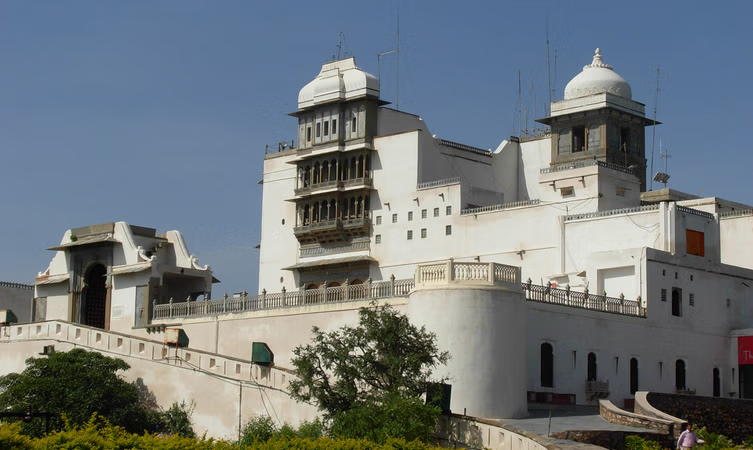https://www.aagmanrajasthantours.com/: The Monsoon Marvel of Mewar
Perched atop the Bansdara hill, overlooking the shimmering Fateh Sagar Lake and offering panoramic views of Udaipur’s picturesque landscape, Sajjan Garh Palace—also known as the Monsoon Palace—is one of Rajasthan’s most enchanting and atmospheric hilltop retreats. Built in the late 19th century by Maharana Sajjan Singh of the Mewar dynasty, the palace is a blend of strategic vision, architectural elegance, and romantic charm.
A Royal Vision in Stone
Constructed in 1884, the palace was initially intended to be a nine-storey astronomical center where Maharana Sajjan Singh could observe the monsoon clouds and study the stars. However, his untimely death in 1884 halted those grand plans. Instead, the palace was completed as a monsoon retreat and hunting lodge for the royal family. It provided a cool and breezy refuge from the sweltering heat of the plains during the rainy season.
Though the palace doesn’t feature intricate carvings like the city’s older palaces, its commanding position and white marble facade lend it an ethereal beauty—especially during the monsoon months when the hills turn lush green and clouds swirl around its domes.
Architecture and Design
The architecture of Sajjan Garh Palace is a fine example of Rajput grandeur fused with European influence. Built entirely with white marble, the structure boasts domed chhatris, jharokhas (overhanging balconies), wide verandas, and latticework that enhance both its aesthetics and functionality. The thick walls and high elevation make it a naturally cool structure—a thoughtful feature for a summer and monsoon retreat.
Inside, the palace includes spacious rooms, broad corridors, and wide windows that frame spectacular views of the Aravalli ranges, the Fateh Sagar Lake, and the city of Udaipur. Although the interiors are relatively modest compared to the City Palace, the real attraction lies in the palace’s location and views.
A Photographer’s Paradise
Sajjan Garh is often dubbed “Udaipur’s Sunset Point”, and for good reason. As the sun begins to dip below the horizon, it bathes the palace and surrounding landscape in golden hues, creating a magical setting. Photographers and nature lovers are drawn to this spot to capture the changing colors of the sky, the silhouette of the palace, and the sweeping views of lakes and hills.
During monsoon, the palace lives up to its nickname. Clouds drift across the valleys, sometimes engulfing the palace in mist, creating a mystical, dreamlike atmosphere. The lush green surroundings contrast beautifully with the marble structure, making it one of the most romantic sights in Rajasthan.
Sajjangarh Wildlife Sanctuary
The palace is nestled within the Sajjangarh Wildlife Sanctuary, a protected area established to conserve the region’s biodiversity. Spanning over 5 square kilometers, the sanctuary is home to a variety of flora and fauna including panthers, jackals, wild boars, and several species of birds and reptiles. Nature trails and jeep safaris offer a chance to explore this natural haven, adding another dimension to a visit to the palace.
The nearby Biological Park is another highlight, especially for families and wildlife enthusiasts. It offers well-maintained enclosures and educational displays, making it a popular addition to a day trip to the palace.
Accessibility and Timings
Sajjan Garh Palace is located about 5 kilometers from Udaipur city center and can be easily reached by car or auto-rickshaw. The steep road leading up to the palace is best tackled with private transport or cabs arranged from the city.
The palace is open to visitors daily from 9:00 AM to 7:00 PM, with the last entry allowed until 6:30 PM. A small entrance fee is charged for Indian and foreign tourists, along with separate charges for vehicles and cameras.
Cultural Significance and Film Appearances
Over the years, Sajjan Garh Palace has also found its place in popular culture. It was notably featured in the James Bond film “Octopussy” (1983), where it was portrayed as the residence of the villain. This cinematic appearance added to its global fame and drew Bond fans from around the world.
